
Using APIs to Simplify Data Integration
Contents
Introduction
This page demonstrates how you can use APIs (application programming interfaces) to simplify data integration, discussing what APIs are, as well as the current state of data management and the challenges that come with handling data from different sources. It also provides valuable insight into the benefits of API-driven data consolidation and a real-world example of how it can improve your business operations.
Fragmented data environments
Fragmented data environments can cause challenges for businesses. For example, a company may use multiple CRM systems for different departments and struggle to keep track of customer interactions and preferences across numerous systems. Such data fragmentation can also result in duplicated work efforts where different teams work on the same data but are unaware of each other's progress.
Impact on decision making
The impact on decision-making can be significant. For example, a marketing team analysing campaign performance across multiple platforms may struggle to optimise their budget allocation due to inconsistencies in the data. Furthermore, inaccurate or incomplete data can lead to incorrect conclusions, which can be costly for businesses in terms of resources and missed opportunities.
Hindered collaboration and efficiency
Hindered collaboration and efficiency are also common. A sales team, for example, trying to identify potential leads may waste time trying to gather information from different sources instead of focusing on closing deals. Inefficient data sharing and collaboration can lead to misunderstandings and miscommunications, affecting overall business productivity.
What is an API?
An API (application programming interface) is a set of rules and protocols that allows different software components to communicate with each other. It simplifies the development process by providing access to functionality and data that would otherwise require significant effort to implement from scratch.
APIs are crucial for promoting interoperability between various systems because they allow different applications to work together seamlessly. APIs play a pivotal role in connecting disparate data sources like Oracle and Postgres, but also any external application, environment or database. This enables us to retrieve and merge data efficiently.
APIs have become integral to modern application architecture, allowing developers to create more robust, efficient, and interconnected systems. APIs can also be pre-existing, provided by software vendors, or custom-built on top of any data source by a development team. You can combine any of these APIs within your solutions.
Simplified access to information
API-driven data consolidation offers businesses simplified access to information, providing significant benefits. For example, an e-commerce company can use API-driven data consolidation to easily gather customer data from multiple sources, including insights on customer behaviour, product performance, and venture levels. This streamlined approach enables better decision-making. Furthermore, by eliminating the need for manual data extraction and consolidation, API-driven data consolidation saves valuable time and resources for organisations.
Enhanced data management
Enhanced data management is another advantage of API-driven consolidation. Consider a retail chain that utilises APIs to consolidate its inventory data. Through this process, they can identify and address discrepancies in stock levels, enabling them to improve their inventory management practices. API-driven consolidation can also support automated data validation and cleansing, enhancing the data quality for end users.
A unified front end
A unified front end for multiple data sources can improve decision-making and collaboration. An example of this could be a financial services company that uses APIs to consolidate data from various trading platforms. As a result, their analysts gain a single, unified view of the market, empowering them to make well-informed investment decisions. A unified front end can also support better collaboration and communication across teams, as everybody has access to the same information and insights.
Scenario
Company A acquires Company B. Both companies have different database systems; Company A uses Oracle Cloud, while Company B utilises Postgres. The goal is to consolidate their sales data for analysis and decision-making.
Solution
API-driven data consolidation can help combine the sales data from both companies despite their different database systems. This process involves creating APIs on top of each database, allowing the two databases to communicate with each other and exchange data seamlessly.
In this scenario, the sales data from both companies may have similar information. However, the way the data has been set up is not the same (as shown by the differing column headings and date formats). The column headers need to be realigned and the date format adjusted, which is simple to do. However, in reality, your data consolidation tasks may be much more complex, but as long as there is a link, you can combine and consolidate any two data sets.
Conclusion
API-driven data consolidation can accommodate complex data sets and adapt to the ever-evolving data management landscape as businesses grow and their data becomes more intricate. APIs play a critical role in simplifying the process of consolidating data from various sources and finding a more efficient way to manage and analyse the combined data. In the real world, some of these APIs may already exist from off-the-shelf products, which can be consolidated in the same way.
Simplified Data Access
Simplified data access through API-driven consolidation allows businesses to effortlessly obtain and merge data from different sources, saving time and resources. For example, a logistics company might consolidate data from various tracking systems, enabling them to optimise routing and delivery schedules.
Enhanced Collaboration
Teams can access a single unified data source, to ensure everyone is on the same page and reduce the risk of miscommunication. An advertising agency, for instance, might consolidate its data from multiple channels and campaigns, allowing team members to collaborate on data-driven insights from these different sources and tools.
Streamlined Decision Making
Streamlined decision-making is possible once you've consolidated your data. These businesses can make more informed decisions based on a comprehensive view of their operations. So a manufacturing company may use consolidated data to optimise production schedules and resource allocation.
Scalability
Scalability is a key advantage of this API-driven solution, so businesses can effortlessly integrate new data sources as they grow. It also means they can add more APIs and easily scale outwards. So, an expanding e-commerce company can seamlessly integrate data from any new suppliers and sales channels without disrupting their existing data management process.
The Future of Data Management
Evolving API capabilities will continue to drive improvements in data management. As APIs become more sophisticated, businesses may be able to access and consolidate even more diverse data sources, unlocking new possibilities for data-driven insights and innovation. So as APIs become more widespread, they should be available to businesses from many different sources.
Integrating AI and Analytics tools into data consolidation will further enhance the value of the unified data. By leveraging AI-powered Analytics, businesses can extract deeper insights from their data, enabling better decision-making and more efficient operations. These AI tools can also be integrated into the consolidation script or be used against the consolidated data for validations or bringing out any new information at that point of consolidation, so it's available in the end API.
To remain competitive in an ever-changing data landscape, businesses must remain agile and embrace API-driven data consolidation. By staying ahead of emerging data sources and formats, they can unlock the full potential of their data and drive innovation. And with a well-established consolidation process in place, businesses can easily integrate new information and tools as they become available.
Conclusion
In conclusion, successful organisations will be characterised by the extent to which they embrace the power of APIs for data consolidation. With APIs streamlining access to information, enhancing collaboration, and improving decision-making become straightforward.
By adopting an API-first approach, companies can unlock the full potential of unified data, views and management, and transform their business operations. As the data landscape continues to evolve, companies that leverage the power of APIs will have a significant advantage in adapting and innovating. Additionally, API-driven data consolidation is incredibly easy to implement. A good place to start is combining two small sets of data, and, once you have a system in place, it's easy to build upon that.
Don't miss out on the significant benefits that come with API-driven data consolidation. Read about our services and speak to our experts to make it a priority in your data management strategy today.
%20Oracle%20Database%20to%20Oracle%20Cloud%20Expertise/o-service-prtnr-OracleDBToOracleCloud-EMEA-UKIE-clr-rgb.png)


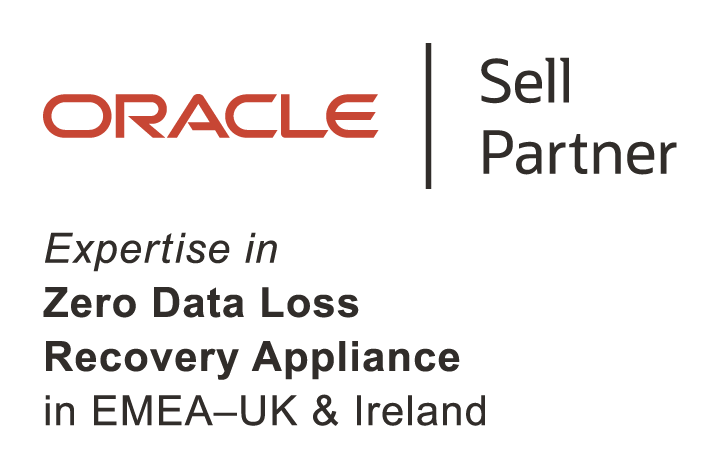

-EMEA-UKIE-clr-rgb.png)
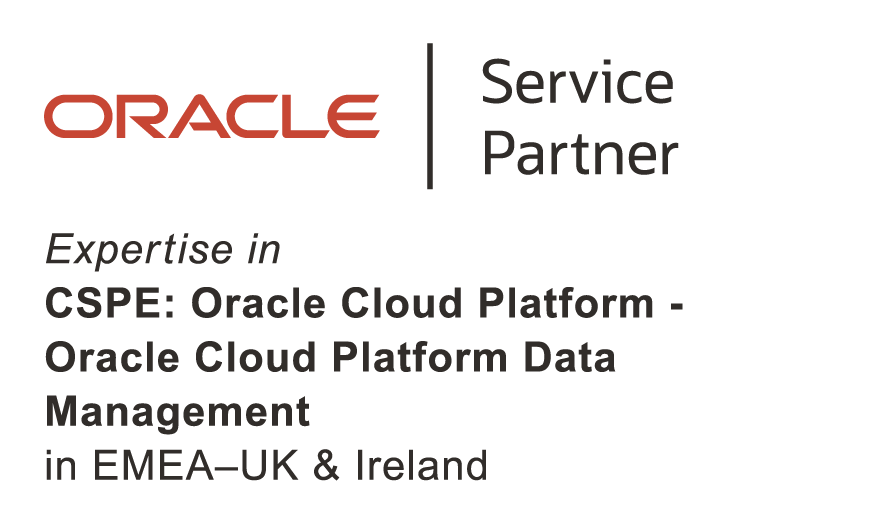
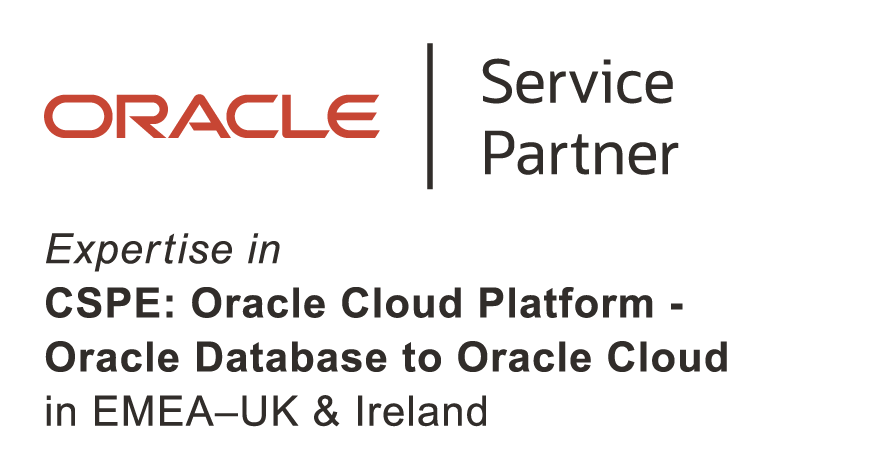

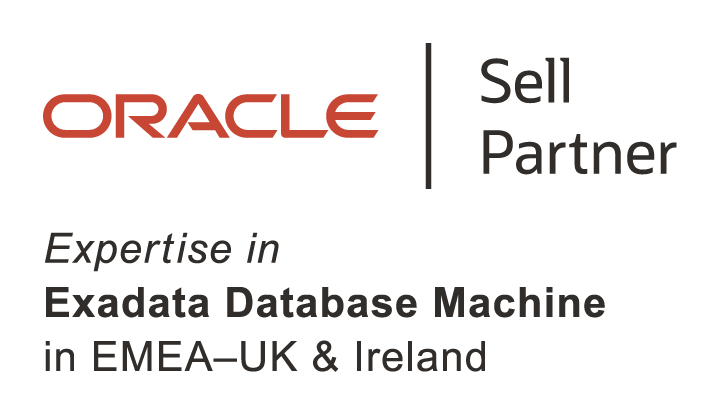

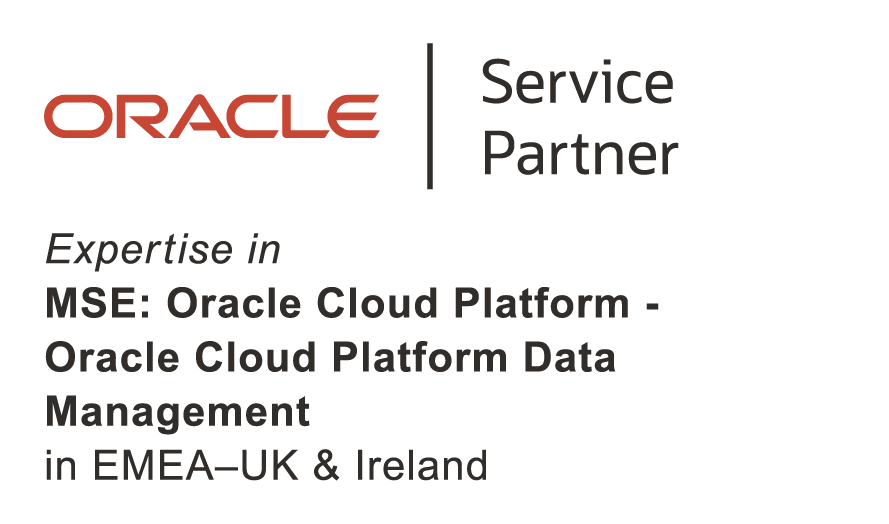
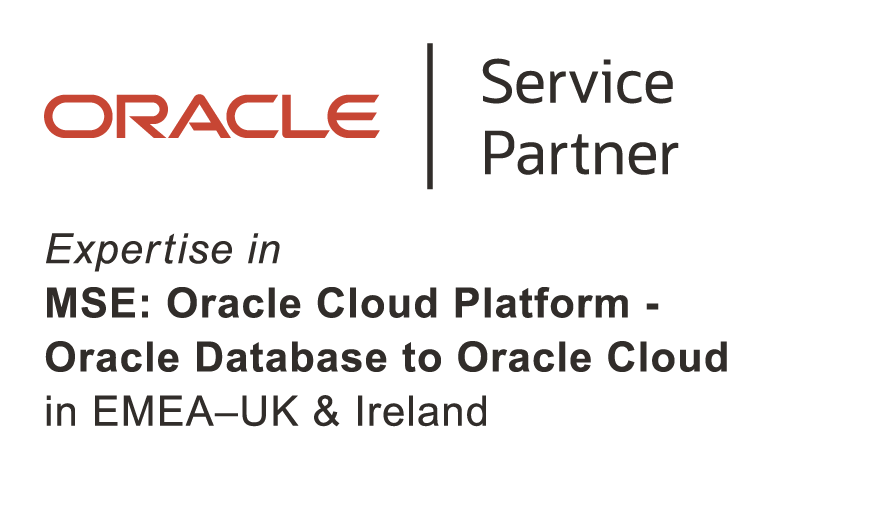

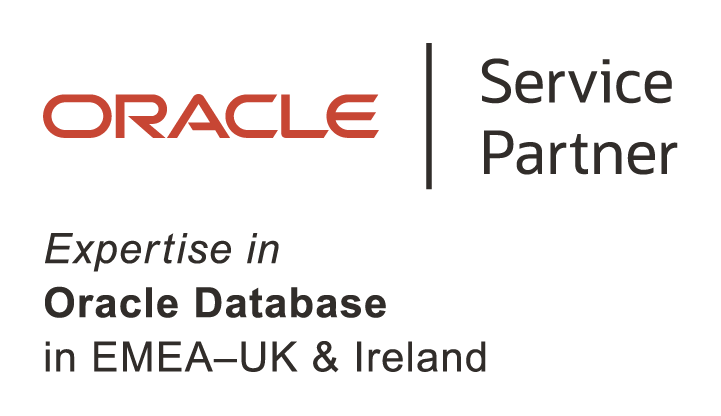
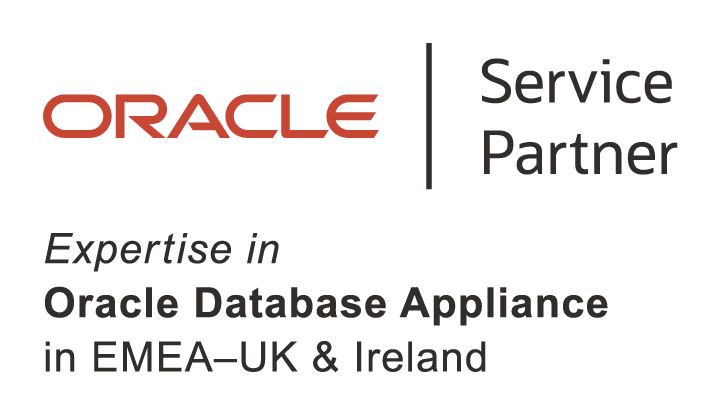
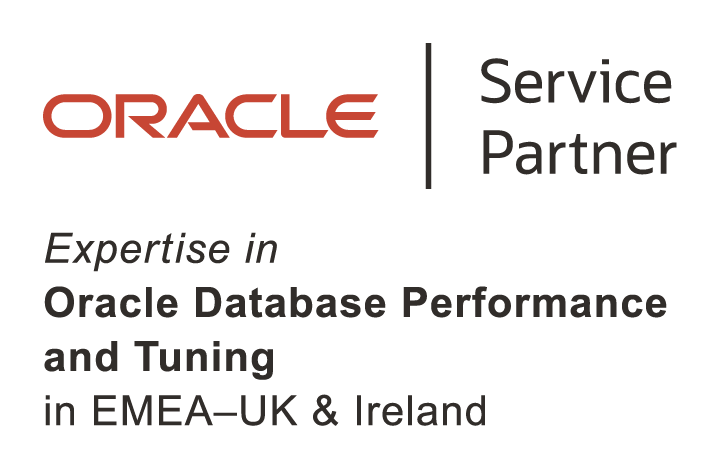

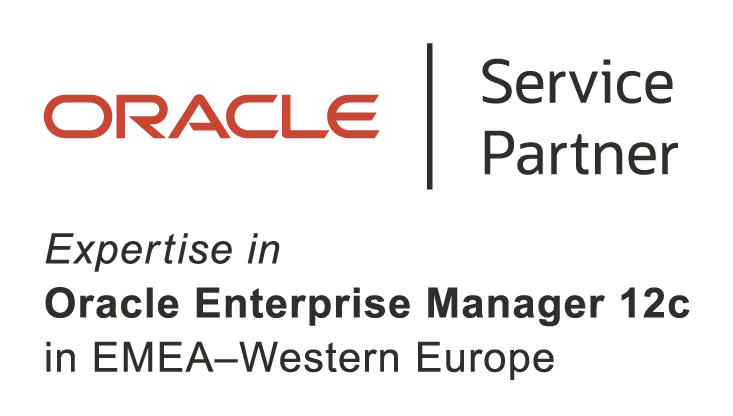

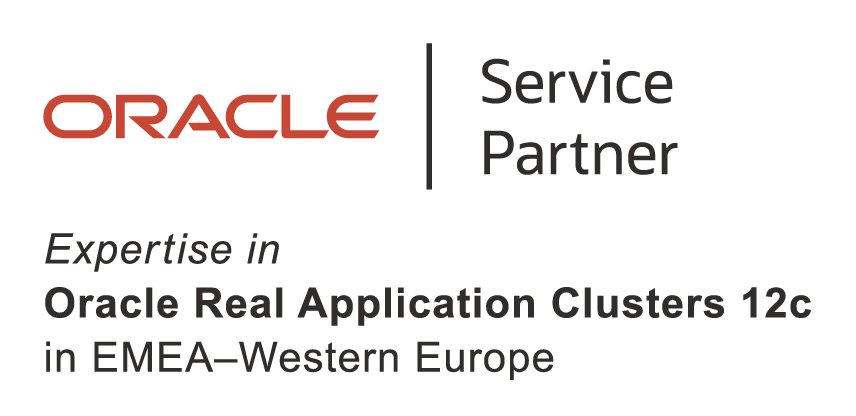



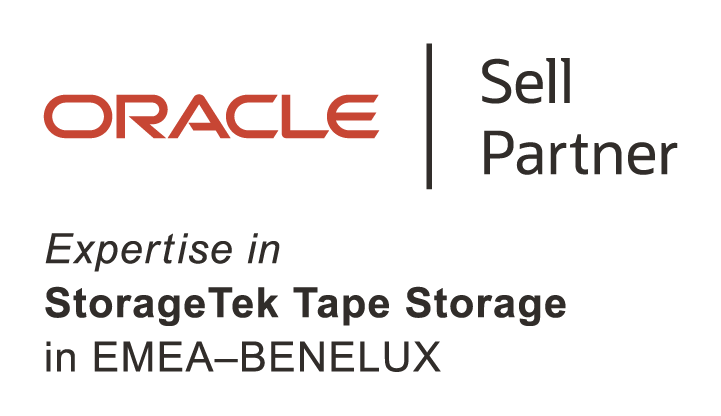



You might also be interested in...
Turn data into results for a responsive supply chain
Making rational decisions can sometimes be difficult. Companies need to use data-driven decision-making systems to make the most effective choices and gain a competitive advantage.
4 strategies for manufacturers to improve processes with cloud
In this document, learn how to facilitate and harness the innovation that will reduce costs, improve productivity and lead to growth through cloud computing.

Want to explore how APIs can benefit your organisation?
Get in touch with our specialists today and start your journey with industry experts.


.png?width=250&height=56&name=stonewater-logo%20(1).png)



